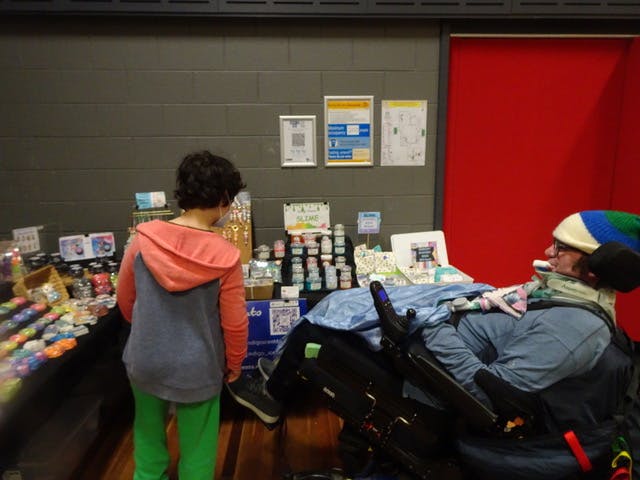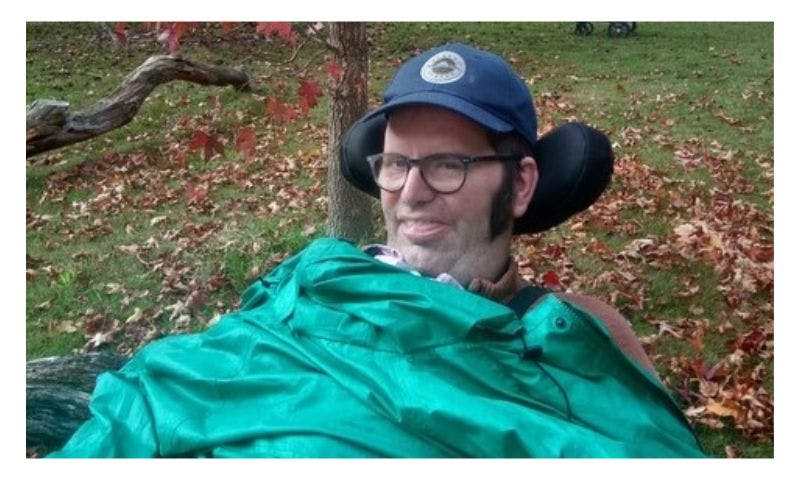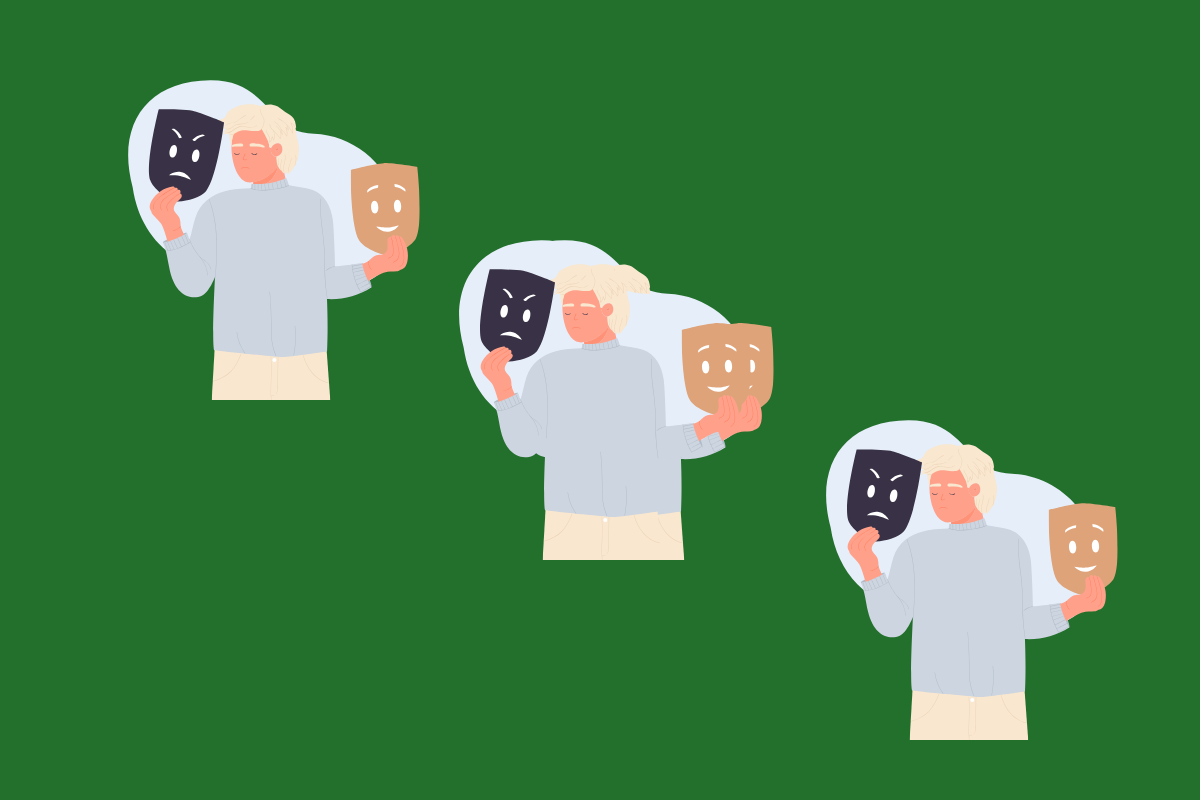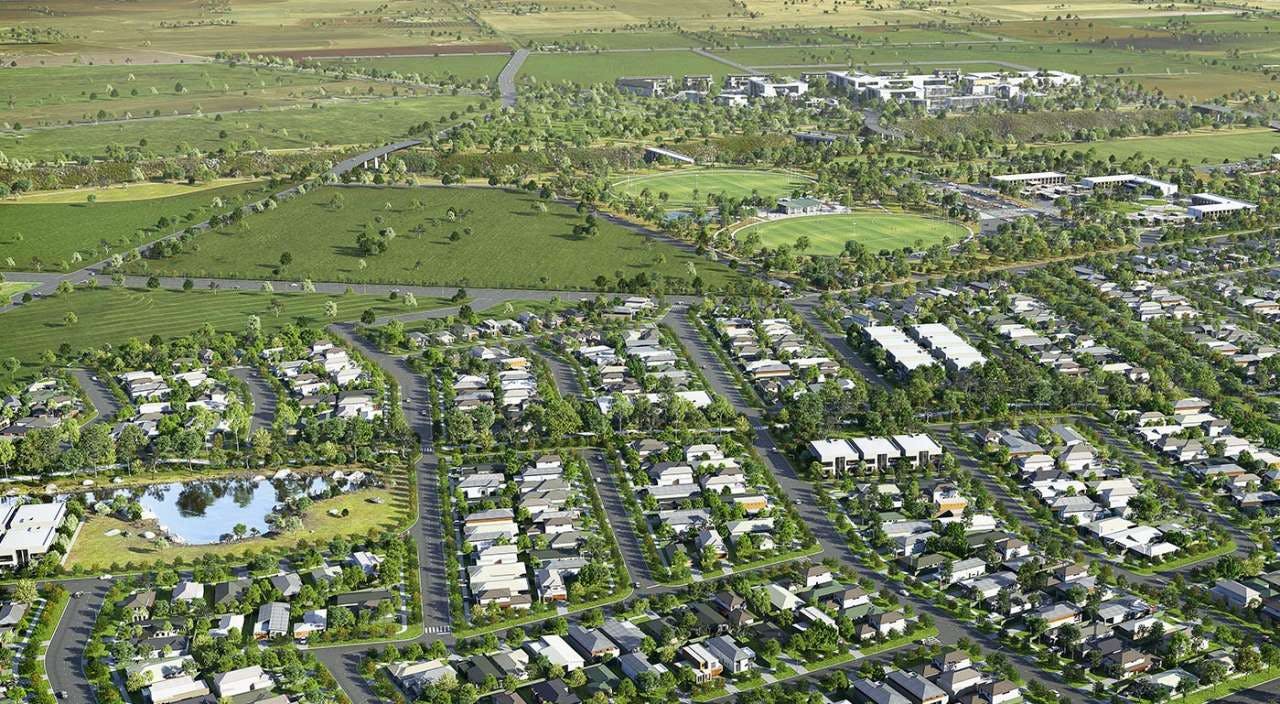Published: 11 August 2023
Last updated: 5 March 2024
One of the first things Ian resolved to do after discovering he had motor neurone disease was to convert to Judaism. STEVE MEACHAM reports.
On August 14, Ian, his wife Bianca, and their 10-year-old son Caleb will celebrate what they call Ian’s “tracheversary”.
“It will be four years since Ian had his emergency tracheostomy placed,” Bianca, a former psychiatrist, says. “That saved his life. We consider it his second birthday.
“We aren’t sure yet how we will celebrate this year. We have been busy going out and doing lots of things in recent weeks.”
In December 2016, the then 38year-old - who felt himself reasonably fit and healthy - was diagnosed with incurable motor neurone disease (MND).
Motor neurones are the nerves that control our body movement. With MND, messages from the brain fail to get through to the muscles, meaning that over time speaking, movement and eventually breathing all fail.
Ian, who had also been a psychiatrist, had finally taken himself to his GP, urged by Bianca, after he’d complained he was finding it difficult to swallow because of the build-up of saliva in his throat.
The GP recognised the signs, spotting how Ian’s voice was changing, and sent him to a neurologist specialising in MND.
Ian now communicates mainly through an electronic device, which resembles a child’s Magic Sketch device, writing words with a stylus.
Recalling the diagnosis, he wrote, “It was 10 days before my 39th birthday. My life changed instantly.”
Both Ian and Bianca knew he would lose his ability to move, talk, eat, and draw breath.
According to MND Australia, Ian is one of about 2000 Australians with motor neurone disease. Sixty per cent are male and 58 per cent are under 65. Each day, two Australians die of MND – and two more are diagnosed.
Such a devastating diagnosis obviously affects the entire family.
“Caleb does not remember what life used to be like, so this is his normal,” Bianca says. “He does get fed up sometimes because something with Ian is taking a long time. But the two of them watch movies and TV shows together; I try very hard to nurture a relationship between them.
“Caleb often asks me questions about what life will be like once Ian has died. It is a fact of life for us both.

“Ian was able to share Caleb’s 10th birthday with us. Truly, it was something neither of us believed would happen. We enjoyed a whole weekend of celebrations when Ian and I were reminiscing about those baby days before Ian was diagnosed.”
One of the first things Ian resolved to do after discovering he had MND was to convert to Judaism.
His heritage is Jewish, Bianca explains, and he had already told me during my pregnancy that he wanted to convert at some point.
“Now he had an epiphany. He wanted to die as a Jew, be able to write ’Jewish’ on all the hospital and clinic forms that we were suddenly filling out.”
The rabbi who had performed their commitment ceremony, Caleb’s naming ceremony and knew of Ian’s previous Judaic studies, pleaded a special case to Melbourne’s Beth Din to fast track his conversion.
It took six weeks instead of the normal two years but involved a lot of extra studying on Ian’s part, and travels from the Mornington Peninsula to Melbourne.
Did their shared faith affect the way they have faced this adversity?
“I’m a second-generation descendant of Holocaust survivors,” Bianca says. “Nothing we’ve been going through compares to what they endured.”
What has been a comfort, though, is the advice the rabbi gave them when Ian was diagnosed. “She said something to the effect, ‘make the remaining time you have together holy’.”
Since the tracheostomy, Ian’s ability to communicate has become increasingly worse.
“His overall health is stable, and his mind is as active as ever,” Bianca says. “Four years ago, when Ian first came home from hospital, he was still able to use his thumb, both to type and to give a ‘thumbs up’ or ‘thumbs down’. His eyes and face were more expressive.
“These days he struggles to use his eyes to indicate ‘yes’ and ‘no’, and his ability to press a switch that controls his current form of electronic communication device, a modified Windows tablet now activated by eye gaze.
“He will be lucky to type a couple of sentences in a day. We are rapidly getting the eye gaze access for his device (improved), so hopefully he will be able to actively engage with the wider world in a meaningful way for a bit longer.
“He engages passively, of course. Being out in the world is something that he enjoys, and engaging in family outings is something that is important to both of us.”
In 2019, Ian became the public face of an MND Victoria campaign.
“We haven’t had any problems with health authorities (unlike MND families in other states),” Bianca says. “However, we have had two very public difficulties with the National Disability Insurance Scheme (NDIS).
“Ian requires 24/7 care. He is on life support ventilation. If something goes wrong with his breathing machine his blood oxygen levels will drop dangerously low within 20 seconds, so he is cared for by nursing staff, most of whom are ICU trained.”
In 2020, the NDIS refused to fund 24/7 care for Ian. The couple argued their case and it was eventually granted. That, however, is due to expire in November.
On August 16, two days after the fourth anniversary of Ian’s tracheostomy, Bianca will travel to the Red Centre to trek four days of the Larapinta trail, which stretches from Alice Springs to the foothills of Mount Sonder, in support of MND Victoria.
It’s her way of giving back to an organisation which has helped the family cope with this difficult time.
Ian is fully supportive. “At the start of this year I realised this time with Ian is not an anomaly. It is our new normal,” Bianca says.
“Ian has been encouraging me for a long time to do things that have nothing to do with him; to participate in my own activities. And, so, the challenge has been to carve out time for myself and activities I enjoy.”
Names in this article are pseudonyms by request of the family.
Photp: Ian in his wheelchair (supplied)




